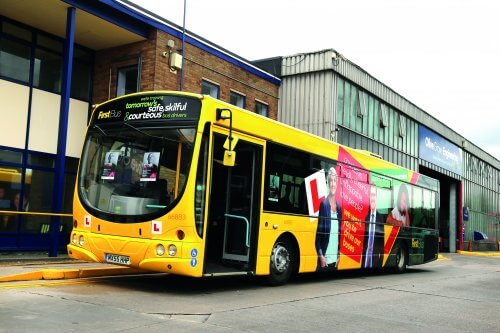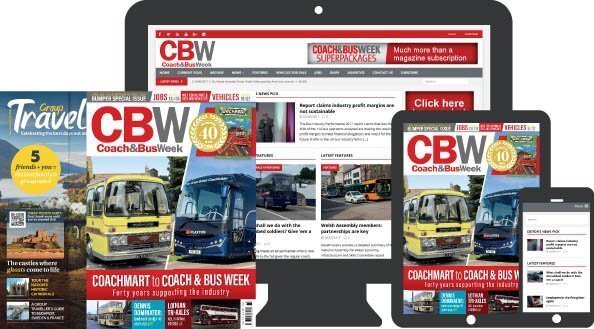
Changes to The Highway Code, including the introduction of a new ‘hierarchy of road-users,’ came into force from 29 January. Jonathan Welch takes a look at the changes and considers its history
Changes to The Highway Code which the Government believes will enhance safety for all road-users, especially those most at risk, came into effect from 29 January as it continues its plans to build back safer after the pandemic and encourage more environmentally-friendly and active forms of travel. The new version of the document, which was first published in 1931, will introduce the idea of a hierarchy of road users, giving drivers of quicker or heavier modes of travel the greatest responsibility to reduce the danger or threat they may pose to others on the road.
In the latest edition, cyclists receive updated guidance to ride in the centre of a lane on quieter roads, in slower-moving traffic and at the approach to junctions in order to make themselves as clearly visible as possible. They are also reminded they can ride two abreast, something which as has always been the case and which can be safer in large groups or with children, but they are reminded that they must be mindful of drivers behind them and allow them to overtake if it is safe to do so.
Drivers are also being encouraged to adopt the ‘Dutch Reach’ when opening the door, which means using the opposite hand so they look over their shoulder and are less likely to injure passing cyclists and pedestrians. Although the changes are not aimed solely at the coach and bus sector, it looks set to become increasingly vital that drivers take them on board as people are encouraged to turn to active travel.
History
With the growth in popularity of motor vehicles, driver licences, obtainable over the counter at post offices, were first introduced in Britain by the Motor Car Act of 1903 as a means of identifying vehicles and their drivers. All motor vehicles had to be registered, display registration plates and be licensed annually at a cost of 20 shillings (£1), with a driving licence costing 5 shillings (25p). A failure to sign your licence properly could lead to a fine of up to £5.
By 1921 there were one million drivers in Britain, and by 1939 this number had tripled, but it was only during the 1960s as cars became more affordable that motoring really took off for the masses. By the mid-1970s, the number of drivers had risen to around 20 million. To cope with the huge increase in demand for both driver and vehicle licences, and a centralised computer-based licensing system was introduced.
With the increase in the number of road users, or more specifically motorists, the need for more information and understanding meant that in 1931, the first edition of The Highway Code was published, at a cost of one old penny and carrying advertisements for the AA, The Autocar magazine, The Motorcycle magazine, Castrol Motor Oil, BP, Motor Union Insurance and the RAC.
[…]
By subscribing you will benefit from:
- Operator & Supplier Profiles
- Face-to-Face Interviews
- Lastest News
- Test Drives and Reviews
- Legal Updates
- Route Focus
- Industry Insider Opinions
- Passenger Perspective
- Vehicle Launches
- and much more!


